"A" Is for Ask
by Tamera H. BennettMarch 10, 2008

I am starting a post on asking permission with the following statement: The IP ADR Blog has a great idea in which they are working through the alphabet for post topics. Do I need permission from them to use this same idea? I think not. Ideas may be protected by patent law and may also be protected under certain contract theories. Using the alphabet to organize a topic is not original to the blog in question; just read a children's book. So this idea is not protectable, but the expression may very well be protected. What if I copied the blog post written by someone else, would I need permission then?
I may not have asked permission for the A, B, C's, but I did ask permission to copy the blog post in its entirety below. Why? The blog post itself is protected by copyright. The post is in reference to "ways to avoid a claim of copyright infringement."
The Easiest Way to Get What You Want: Say Please Posted on February 28, 2008 by Victoria Pynchon
Recently I re-posted Five Ways to Minimize Risk of Copyright Liability from Citizen Media here.
Today, IP attorney extraordinaire Tamera Bennett (left) dropped by to remind us of our own ADR "core values," i.e., self-determination and respect for the rights of others.
Instead of simply approving Tamera's comment, I decided to bring it up here for everyone to see.
The easiest way to get along with our fellow artists?
Get a license!
If you have genuine affection for the work of another, drop them a line, pick up a phone, send a carrier pigeon.
"I really love your work."
Then ask for permission to use it.
Just do what your mother taught you. Ask nicely. Say please. Then thank the nice copyright owner for being so generous with his/her work. You'd be amazed at people's generosity, especially when you couple it with a (true) statement such as "I'm a young artist and don't have a lot of money but would really like to . . . . . "
If you can't say that, i.e., if you have the money to pay the license fee, for heaven's sake support your fellow artists.
Tamera's comment below. See her blog, Current Trends in Copyright, Trademark and Entertainment Law here.
I have several concerns with the listing of ways to avoid copyright infringement.
1. "Use only as much of the copyrighted work as is necessary to accomplish your purpose or convey your message" ---- Clients come to me and want to know how much of the song can I use or can I reprint a portion of this chapter of the book, or can I use this poster in something else. I advise the client to get a license. Fair Use is a defense which is very difficult to win. There is no cut-and-dry rule that you can use three bars from the song before liability attaches.
2. Add something new or beneficial (don't just copy it -- improve it!) --- This trips folks up all the time. Adding something new does not protect you from copyright infringement. You need a license to create a derivative work. Adding something new to someone else's copyright is a violation of the copyright owner's exclusive right to allow for the creation of derivative works.
Remember, if you did not create it, you probably need a license to use it.
